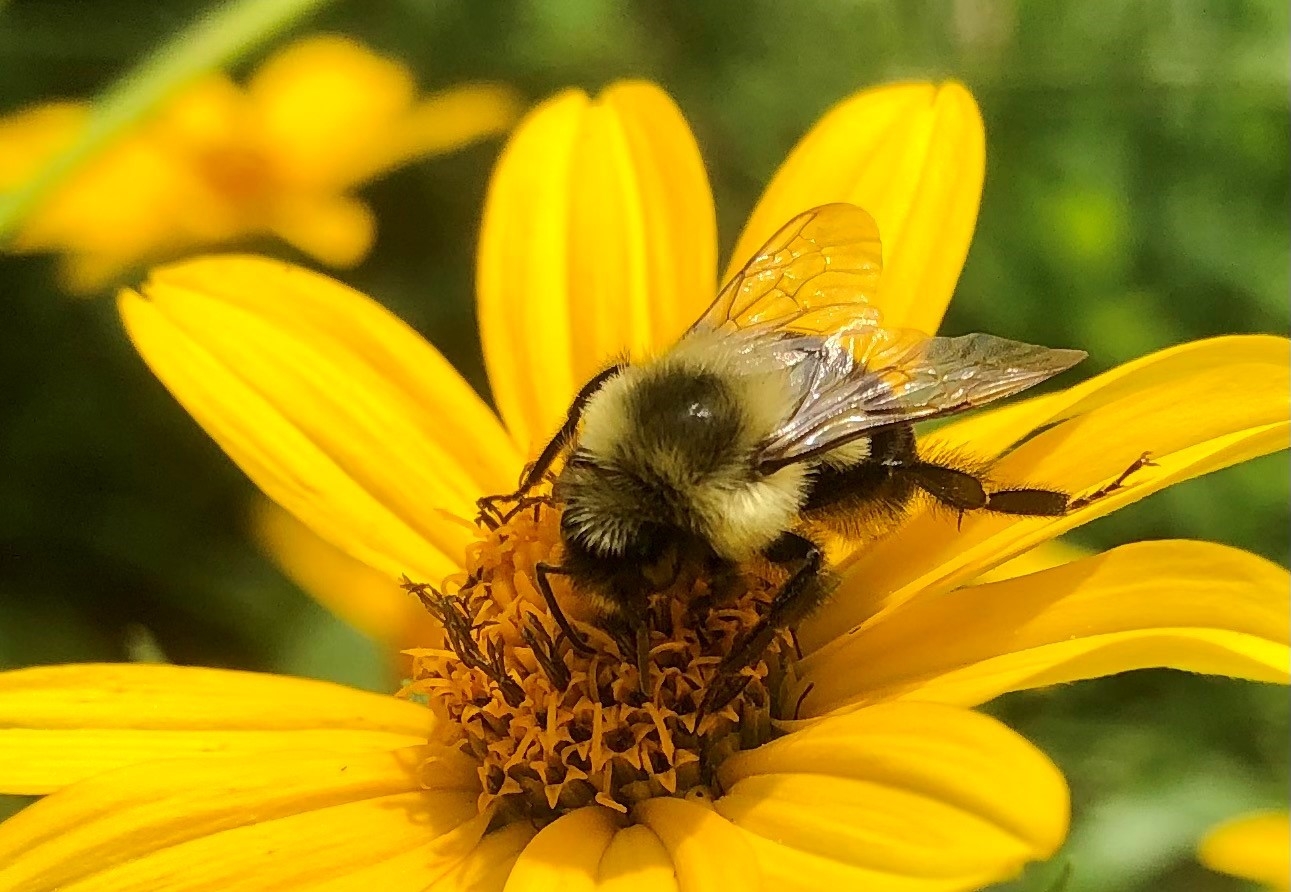Today we’d like to talk about a good starting plan for landscaping modification, with some observations from Doug Ross, who is offering vital know-how and experience.
This task is important to do, and it will bring rewards. Here’s why.
The Climate Action Committee notes Pennsylvania State Representative Melissa Shusterman’s proposed “Lawncare Taskforce to Combat Emissions.” As an aside, can we find less bellicose vocabulary? It seems our society wants to combat or to war on something to prove we take it seriously. As a matter of peace-seeking, we want to work with and preserve our climate to the extent possible, not fight its attempt to seek balance, right?
OK, back to the matter at hand.
A few weeks back, rep. Shusterman wrote in an email blast: “Did you know that operating a commercial gas leaf blower for one hour releases the same amount of air pollution as driving a car for 1,100 miles?” PennEnvironment’s recent study on the impact of leaf blowing came out with “staggering” data that prompted Shusterman’s mission “to phase out gas-powered equipment without impacting businesses and jobs”—a mission that Radnor Meeting could get behind.
A Radnor Meeting Pollinator Patch: Less Gas, More Bees
The Landscape Committee has been communicating about creating a beautiful demonstration wildflower patch. A starter wildflower garden will benefit pollinators and effectively absorb storm run-off.
Keith suggested a modest strip along the playground fence, visible on a walk to the First Day School and Montessori School.
Doug intends to put leaf cover on a small patch, and carry out early care and perhaps a bit more planting, perhaps in collaboration with Main Line Montessori.
As this unfolds, we can project the work through social media, maybe even for the Radnor Township newsletter…And we can keep our sights on a local Eco-Friendly Yard award to bring attention to our work and the township’s. Surely the township should be encouraged for what it’s trying to do.
Phasing Out the Mower
About getting past the leaf-blowers and lawn chemicals, Doug says:
The best solution is to turn most of your lawn into a no mow zone, meadow or best of all into a wildflower preserve. Ironically, the wildflower preserve turns out to take the least amount of time and energy in the long run when compared to all the alternatives—including regular lawns. Here I must emphasize the LONG RUN since properly establishing an attractive and functioning wildflower garden requires care and attention in the first year. Usually it takes a couple of years for the plants to develop a deep root system and to become thick enough to prevent space for weeds to invade. After becoming established the wildflower plot is very low-maintenance.
Great to know what we’ll be looking at. This plot will need to be mowed only once a year (probably after the birds have taken advantage of the seeds over the winter), explains Doug.
Doug plans to bring a mix of resilient wildflower seeds designed to blossom from late May to October. Doug is asking for a helper and a small load of mostly weed-free topsoil.
“Thanks for spreading the word about the importance of fall leaves!” writes Doug. Take a look at the great synergy with Doug’s work at Foulkeways:
Our Environmental Stewardship Committee here at Foulkeways is making some progress in spreading the “Leave leaf lie philosophy” as well as expanding our no mow zones, meadows, wildflower gardens, and “Tiny Forest” areas (that rely on leaf mold mulch until our ground covers are well established).
The Year of the Dragon could be a great one for environmental awareness at Radnor. Let’s go!
On 8 Feb 2024, Doug sent this update:
[Banner image: Bumble bee on bright yellow wildflower in a Pennsylvania meadow, by Lee H.]

